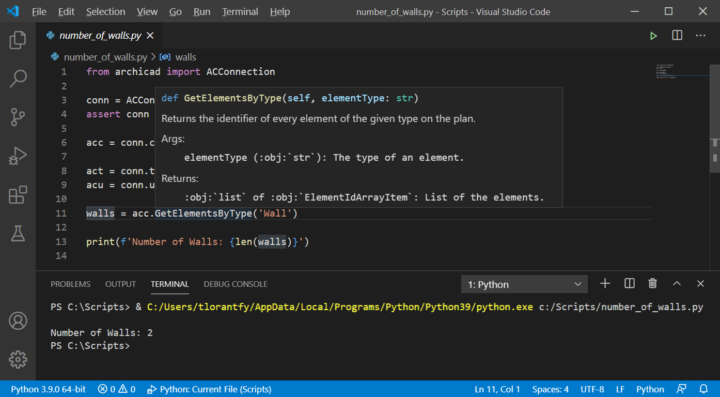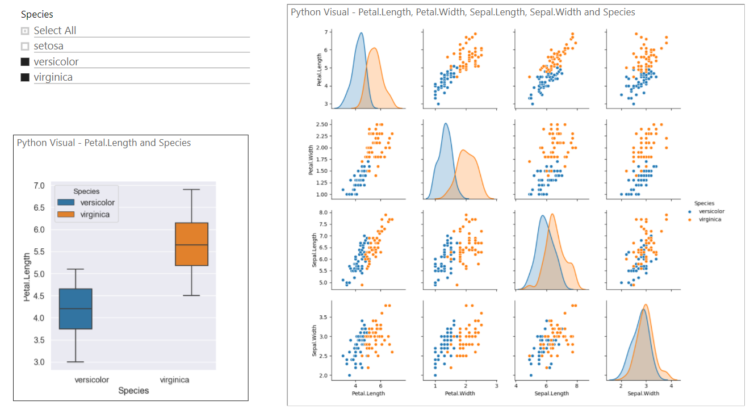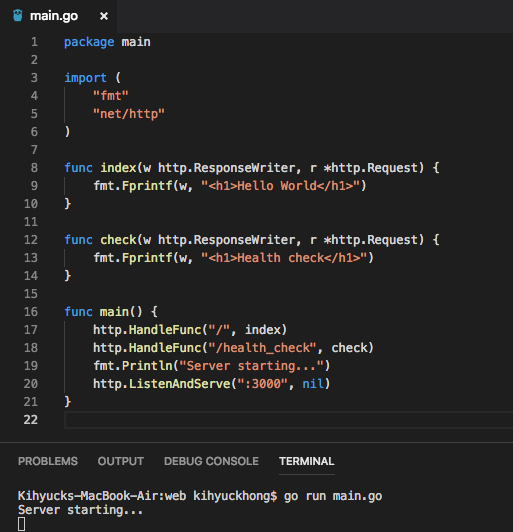

- #How to configure python in visual studio code install
- #How to configure python in visual studio code full
- #How to configure python in visual studio code software
GitHub helps you create an online copy of your local Git repository, which acts as a backup of your local work and allows others to easily and transparently collaborate on your project. GitHub is one of many online services for hosting Git-managed projects. Git helps track changes to a project on a local computer, but what if we want to collaborate with others? Or, what happens if your computer crashes and you lose all your work? That’s where GitHub comes in. You can download Git by following the instructions in the Git documentation. There are many version control systems available, but the most common is Git and we’ll be using it throughout this book. You don’t need to use or be familiar with version control to read this book, but if you’re serious about creating Python packages, version control will become an invaluable part of your workflow, so now is a good time to learn!

#How to configure python in visual studio code full
As a result, a version control system contains a full history of all the revisions made to your project, which you can view and retrieve at any time. If you’re not using a version control system, we highly recommend you get into the habit! A version control system tracks changes to the file(s) of your project in a clear and organized way (no more “document_1.doc”, “document_1_new.doc”, “document_final.doc”, etc.).
#How to configure python in visual studio code software
While alternative package and environment managers exist, we choose to use conda in this book because of its popularity, ease-of-use, and ability to handle any software stack (not just Python). You can read more about virtual environments in the conda documentation. Virtual environments help you compartmentalize and isolate the packages you are using for different projects to avoid this issue.
#How to configure python in visual studio code install
Installing all the packages you need in the same place (i.e., the system default location) can be problematic because different packages often depend on different versions of the same dependencies as you install more packages, you’ll inevitably get conflicts between dependencies, and your code will start to break.

An environment manager helps you create “virtual environments” on your machine, where you can safely install different packages and their dependencies in an isolated location. It is also an environment manager, which is the key function we’ll be using it for in this book. The difference between Anaconda and Miniconda is that Anaconda installs over 250 additional packages (many of which you might never use), while Miniconda is a much smaller distribution that comes bundled with just a few key packages you can then install additional packages as you need them using the command conda install.Ĭonda is a piece of software that supports the process of installing and updating software (like Python packages). If you are unfamiliar with Miniconda and Anaconda, they are distributions of Python that also include the conda package and environment manager, and a number of other useful packages. If you have previously installed the Anaconda or Miniconda distribution feel free to skip to Section 2.2.2.

Miniconda is a lightweight version of the popular Anaconda distribution. We recommend installing the latest version of Python via the Miniconda distribution by following the instructions in the Miniconda documentation.


 0 kommentar(er)
0 kommentar(er)
